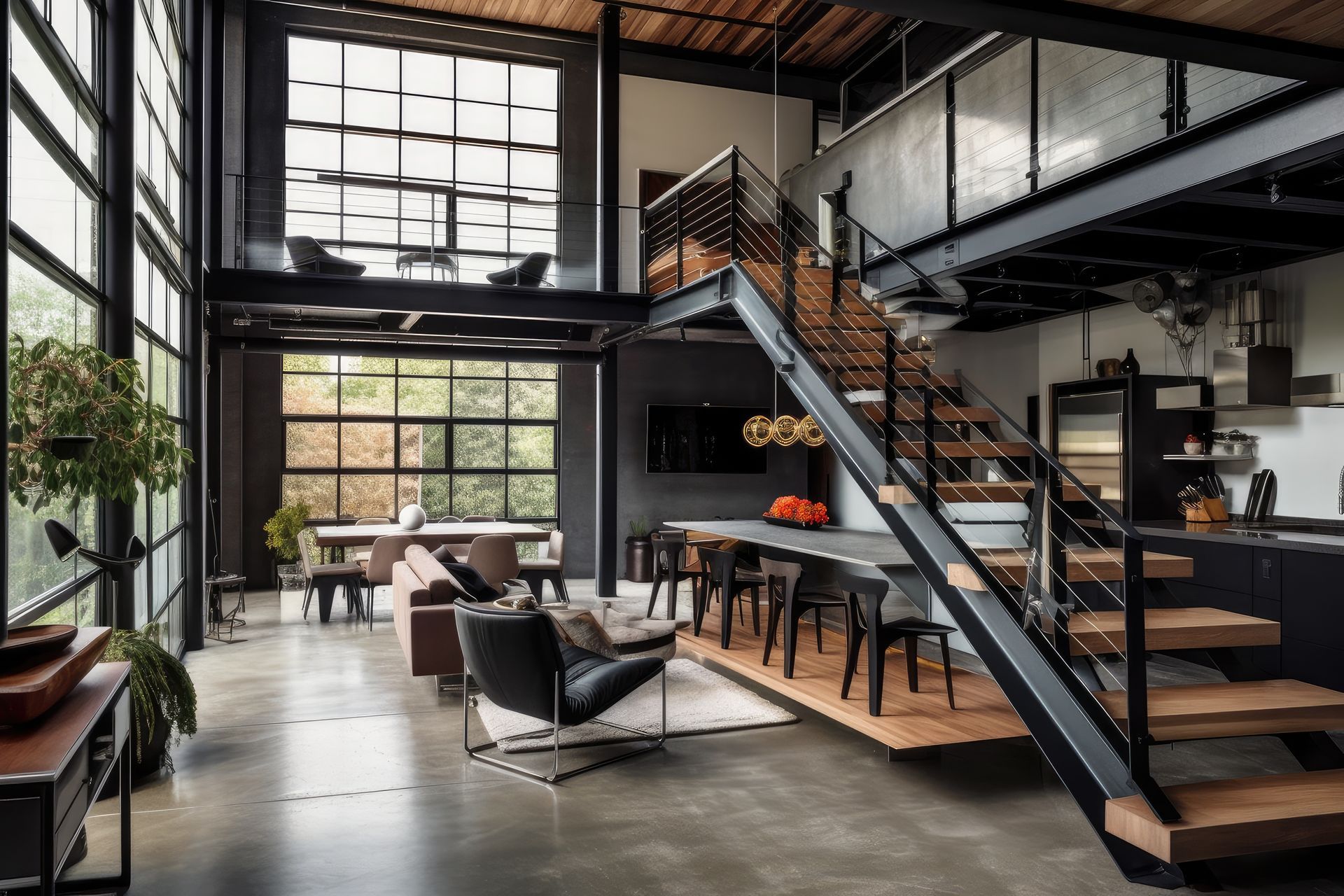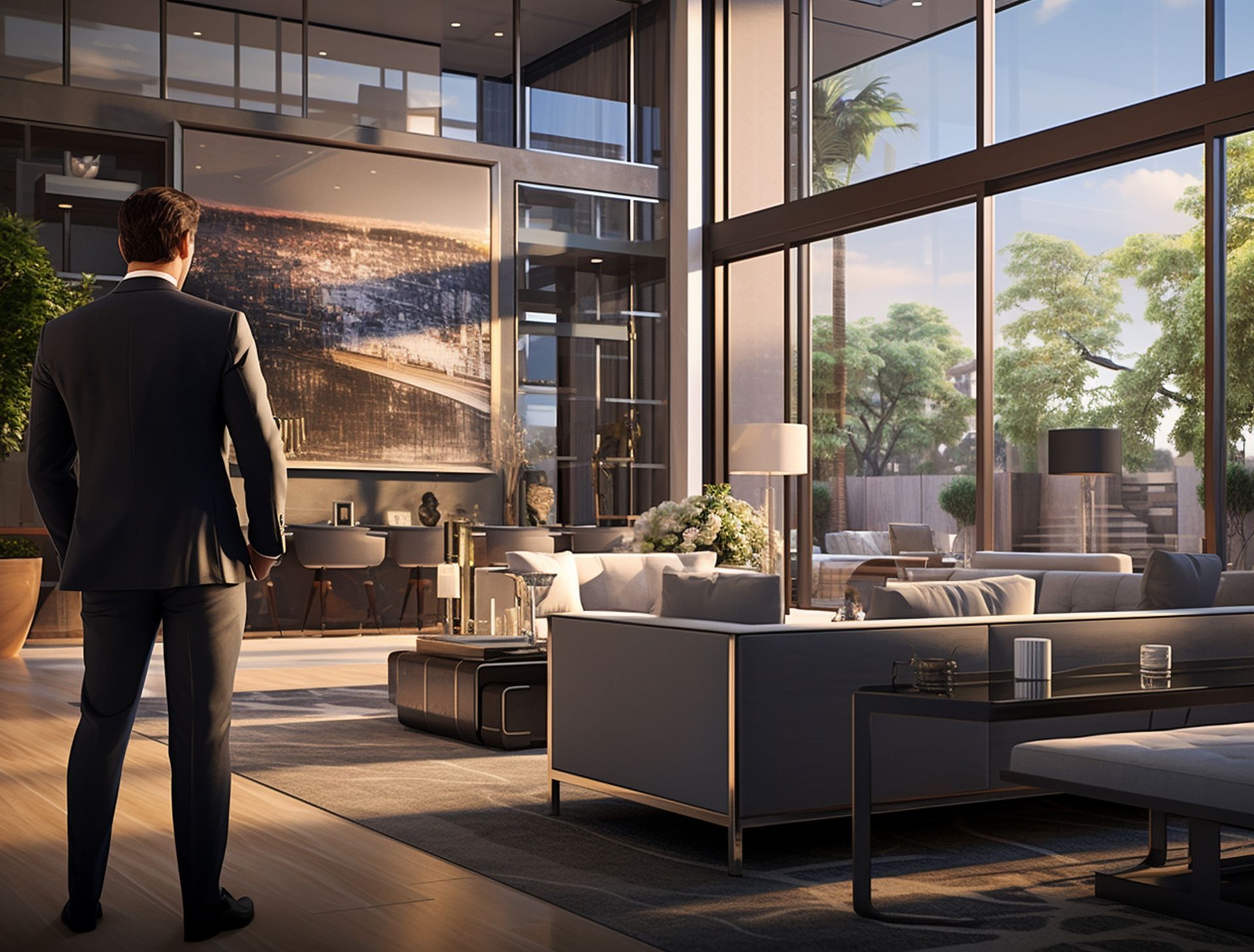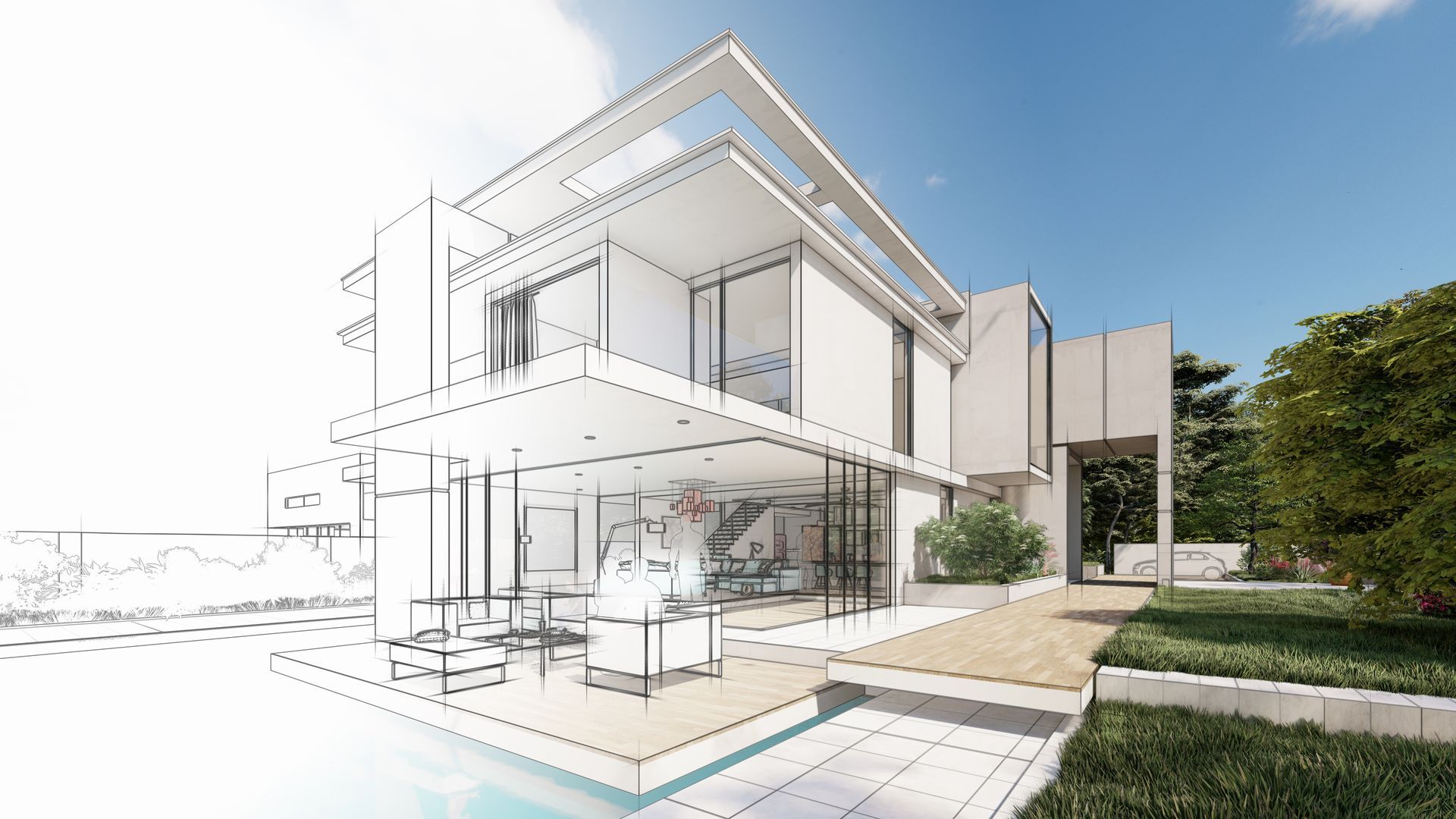Benefits of lighting in Architectural and Interior Design projects and how it improve our health.

Natural lighting and artificial lighting are two distinct sources of light that play a crucial role in architecture and interior design.
Natural lighting refers to the illumination provided by the sun during daylight hours. It offers a dynamic and ever-changing light source that creates a sense of connection to the outside environment. The quality of natural light varies depending on factors such as the time of day, weather conditions, and geographical location. It tends to be warmer and softer in the morning and evening, while midday sunlight can be brighter and harsher. Natural light provides numerous benefits, including enhancing the aesthetics of spaces, reducing energy consumption, and promoting human well-being by supporting circadian rhythms and vitamin D synthesis.
In architecture and interior design, the interplay between natural and artificial lighting is essential to achieve functional and aesthetic goals. Designers often aim to maximize the use of natural light to create visually appealing spaces that are comfortable and energy-efficient. Strategically placed windows, skylights, and light wells can optimize daylight penetration while minimizing the need for artificial lighting during the daytime.
Artificial Light:
- Illumination: Artificial light sources, such as electric bulbs and fixtures, provide consistent and controllable illumination. They allow us to perform tasks, work, and engage in activities even in low-light or nighttime conditions, enhancing productivity and functionality.
- Circadian Rhythm Regulation: Artificial light, particularly those with adjustable color temperature, can mimic the natural progression of light throughout the day. Properly designed artificial lighting, especially in areas where exposure to natural light is limited, can help regulate our circadian rhythm—the internal biological clock that regulates our sleep-wake cycle. By providing appropriate light levels and color temperatures, artificial lighting can promote wakefulness during the day and encourage better sleep at night.
- Mood and Well-being: Bright and well-designed artificial lighting has been linked to improved mood, concentration, and overall well-being. Insufficient lighting or poor-quality lighting can lead to eye strain, fatigue, and even symptoms of depression. Properly lit spaces can create a more positive and stimulating environment.
Natural Light:
- Vitamin D Synthesis: Sunlight is a natural source of vitamin D, which is crucial for maintaining healthy bones and immune function. When our skin is exposed to sunlight, it triggers the production of vitamin D in the body. Getting enough natural light, especially during the morning and midday hours, can help ensure adequate vitamin D levels.
- Mood Enhancement: Exposure to natural light has been shown to have a positive impact on mood and mental health. Sunlight triggers the release of serotonin, a neurotransmitter associated with feelings of happiness and well-being. Natural light can help alleviate symptoms of seasonal affective disorder (SAD) and improve overall mood and mental clarity.
- Sleep Regulation: Natural light exposure, especially during the morning and early part of the day, helps regulate our sleep-wake cycle. Exposure to natural light in the morning signals to our body that it's time to wake up, promoting alertness and helping to establish a healthy sleep pattern.
In conclusion, It's important to strike a balance between artificial and natural light. Incorporating ample natural light into our living and working environments whenever possible can have a positive impact on our health and well-being. Always taking in consideration to apply them in architecture and interior design projects.






